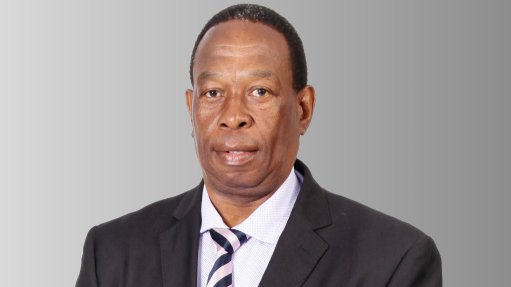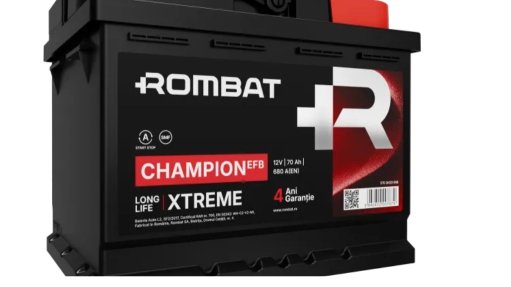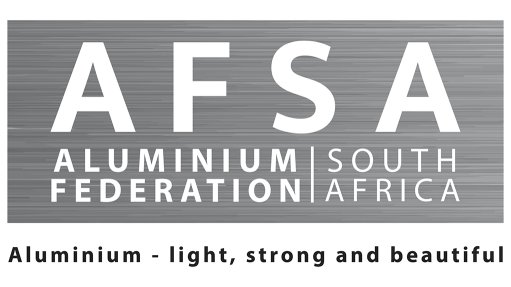Tax, spend, squander provide toxic backdrop for nuclear plans
On November 7, France ran out of money. Or, rather, it ran out of all the money the French State had accumulated in taxes and other imposts. Between November 7 and December 31, the French State is running on borrowed money. This fascinating calculation was done by the Paris-based Institut Économique Molinari (IEM). It did this to bring home to noneconomists the level of borrowing by European countries. (My attention was drawn to the IEM’s work by a column in the London Daily Telegraph by Matthew Lynn.)
France is actually the worst of the European countries in this regard. But it is hardly alone. Spain started running on borrowed money on November 11, Romania on November 13, and Italy will do so on November 26. The UK will follow suit on December 7.
One wonders where South Africa would sit in such a framework. Given that the country was once renowned for fiscal discipline not too long ago, one could safely assume it would rank among the best. But now? According to the website tradingeconomics.com, South African government debt was at a record low of $11.594-billion during the first quarter of 2003 and reached a record high of $63.923-billion during the second quarter of this year; it is an IEM-style “day the tax money ran out” calculation that I would like to see for South Africa.
One of the greatest concerns with regard to South African government finances are State-owned companies. And within this gloom-inducing category, it is Eskom, the national power utility, that is an especial cause for concern. And it is the morally, politically and, not least, financially beleaguered Eskom that is meant to execute the country’s programme of building new nuclear power plants (NPPs).
The official plan is still to build 9.6 GW of new NPP electricity-generating capacity by 2030. Whether that remains a valid target is anyone’s guess: it was determined way back in 2010 in the Integrated Resource Plan (IRP) released that year; the next IRP is only due during the last quarter of this financial year (which ends on March 31 next year). Also, 9.6 GW of NPP capacity would require the construction of at least eight reactors (with a capacity of 1 200 MW each). It is difficult to imagine that eight large reactors could be built and commissioned within the remaining 12 years to 2030.
It is widely claimed that building these reactors, in the term preferred by the more responsible media, could cost the country R1-trillion. Where did this number come from? My memory is that one expert (alas, I cannot remember who), when consulted back when the proposal was first made, said that the plan could cost anything from R600-billion to R1-trillion. An amount of R600-billion is a lot of money, but far, far less than R1-trillion, which, in the context, was clearly the worst-possible-case figure. Opponents of the plan immediately latched on to the bigger number and misrepresented it as the probable cost. And this misrepresentation was lazily picked up and repeated by too many in the media.
For comparison, the United Arab Emirates’ current programme to build an NPP with four 1 400 MW reactors – the vendor being the (South) Korea Electric Power Corporation (Kepco) – is costing $24.4-billion (about R350-billion). The contract was awarded to Kepco in 2009, construction started in 2012 and the first of these reactors is expected to come on line next year, with the last coming on line in 2020. This gives a period of nine years from contract signature to first commissioning and 11 years to fourth commissioning.
Anyway, even R350-billion is not likely to be affordable in the current situation – or, rather, affordable by Eskom or the South African State. One of the fascinating aspects of the proposed NPP programme is that government ruled out a number of funding options that would have burdened Eskom or the national fiscus very little or even not at all, and which are successfully being used in other countries. Government, it seems, doesn’t like them and therefore they are off the table.
These alternatives include joint ventures, in which Eskom would only have a minority shareholding, which could start very small and increase slowly over time (NPPs built today are likely only to be decommissioned in the early 22nd century). Another is the build-own-operate (BOO) model, in which the nuclear vendor, or a consortium including the vendor, would own and operate the NPP and sell the electricity to Eskom. Both these models would require Eskom to agree to a minimum guaranteed purchase price for the electricity (there would be a legitimate debate about the setting of such prices, but that is another story). Thus, Rosatom is to build a four-reactor NPP on a BOO basis in Turkey, with construction of the first reactor to start next year. In the UK, the new Hinkley Point C NPP, now under construction, will be built, owned and operated by vendor energy group EDF’s subsidiary, NNB GenCo (with China General Nuclear having a 33.5% stake). Hinkley Point C will have two reactors and a total capacity of 3 200 MW and is now expected to cost just under £20-billion (about R378-billion).
Why are such options not even under consideration in South Africa? They appear, at the moment, to be the only practical way to get any new NPP programme going. I fear that the answer is a simple and unedifying one: such options rob government of all patronage powers. While some vendors might be willing to countenance a few requests from politicians to favour this or that local company when it comes to offsets and local acquisitions, none will tolerate anything that significantly drives up their costs. The opportunities for politicians to ensure benefits for friends and family by using their influence to ensure contracts go to favoured companies would be minimal.
There are already indications of massive misappropriation of funds at Eskom. To go ahead with a big project such as the new NPP programme at this time, under the aegis of Eskom, against the background of the huge ‘State capture’ scandal, would be most unwise. It would taint the programme, make it politically and socially toxic, and ensure it would fail. A postponement would be most wise.
Article Enquiry
Email Article
Save Article
Feedback
To advertise email advertising@creamermedia.co.za or click here
Comments
Announcements
What's On
Subscribe to improve your user experience...
Option 1 (equivalent of R125 a month):
Receive a weekly copy of Creamer Media's Engineering News & Mining Weekly magazine
(print copy for those in South Africa and e-magazine for those outside of South Africa)
Receive daily email newsletters
Access to full search results
Access archive of magazine back copies
Access to Projects in Progress
Access to ONE Research Report of your choice in PDF format
Option 2 (equivalent of R375 a month):
All benefits from Option 1
PLUS
Access to Creamer Media's Research Channel Africa for ALL Research Reports, in PDF format, on various industrial and mining sectors
including Electricity; Water; Energy Transition; Hydrogen; Roads, Rail and Ports; Coal; Gold; Platinum; Battery Metals; etc.
Already a subscriber?
Forgotten your password?
Receive weekly copy of Creamer Media's Engineering News & Mining Weekly magazine (print copy for those in South Africa and e-magazine for those outside of South Africa)
➕
Recieve daily email newsletters
➕
Access to full search results
➕
Access archive of magazine back copies
➕
Access to Projects in Progress
➕
Access to ONE Research Report of your choice in PDF format
RESEARCH CHANNEL AFRICA
R4500 (equivalent of R375 a month)
SUBSCRIBEAll benefits from Option 1
➕
Access to Creamer Media's Research Channel Africa for ALL Research Reports on various industrial and mining sectors, in PDF format, including on:
Electricity
➕
Water
➕
Energy Transition
➕
Hydrogen
➕
Roads, Rail and Ports
➕
Coal
➕
Gold
➕
Platinum
➕
Battery Metals
➕
etc.
Receive all benefits from Option 1 or Option 2 delivered to numerous people at your company
➕
Multiple User names and Passwords for simultaneous log-ins
➕
Intranet integration access to all in your organisation
















